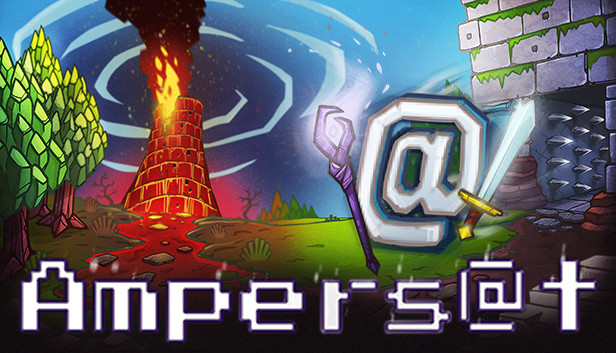Controversy Erupts Over Character Design in Steam’s ‘Sword Star’: Navigating Cultural Differences and Player Expectations
The recently released action RPG Sword Star on Steam has sparked heated debate among players and critics alike, centering on its character design choices. While the game has been praised for its ambitious gameplay and rich lore, the portrayal of its main characters has ignited controversy that highlights the complex intersection of cultural diversity, player expectations, and market demands in today’s global gaming industry.
The Heart of the Controversy
At the core of the backlash is the design of Sword Star’s protagonist and supporting cast, which some players argue perpetuates stereotypical or culturally insensitive imagery. Critics point to exaggerated features, costume designs, and narrative elements that seem to draw heavily from East Asian mythologies but are presented through a lens that some perceive as inauthentic or appropriative. Others defend the designs as artistic interpretations inspired by a blend of cultural motifs, emphasizing the developers’ intent to celebrate rather than exploit.
This divide reflects a broader tension in gaming communities worldwide: how to respect and represent diverse cultures authentically while meeting the varied expectations of a global audience.
Cultural Differences and Player Expectations
Games like Sword Star often draw from rich cultural heritages to build immersive worlds. However, what resonates positively in one culture may be misunderstood or even offensive in another. For example, symbolism and character archetypes rooted in Chinese folklore might be celebrated domestically but misinterpreted by Western audiences unfamiliar with the nuances.
Players today also bring diverse expectations shaped by their cultural backgrounds, personal values, and gaming experiences. Some seek faithful cultural representation and sensitivity, while others prioritize gameplay and narrative innovation over cultural accuracy. The Sword Star controversy underscores how these differing expectations can clash, especially on platforms like Steam where the player base is global and vocal.
Balancing Cultural Diversity, Player Expectations, and Market Demands
For developers, navigating this complex landscape requires a multifaceted approach:
-
Cultural Consultation and Research: Engaging cultural experts and consultants during development can help ensure respectful and accurate representation. This not only enriches the game’s authenticity but also helps avoid unintentional offense.
-
Transparent Communication: Developers should openly share their creative intentions and the cultural inspirations behind their designs. Transparency fosters understanding and can preempt misinterpretations.
-
Community Engagement: Actively listening to player feedback across regions allows developers to gauge reception and make informed adjustments. This dialogue can build trust and demonstrate respect for diverse perspectives.
-
Creative Flexibility: Balancing artistic vision with cultural sensitivity may require compromises, such as redesigning characters or adjusting narratives to better align with audience values without diluting the game’s identity.
-
Market Awareness: Understanding the target markets’ cultural contexts and regulatory environments helps tailor content appropriately, maximizing both acceptance and commercial success.
Looking Ahead
The Sword Star controversy is emblematic of the growing pains in an increasingly interconnected gaming world. As developers strive to create culturally rich and globally appealing games, they must carefully navigate the fine line between inspiration and appropriation, innovation and respect.
Ultimately, the path forward lies in embracing cultural diversity not as a hurdle but as an opportunity—to deepen storytelling, broaden player engagement, and foster a more inclusive gaming community. The lessons from Sword Star serve as a timely reminder that in the global game of culture and commerce, empathy and dialogue are as crucial as creativity and technology.


